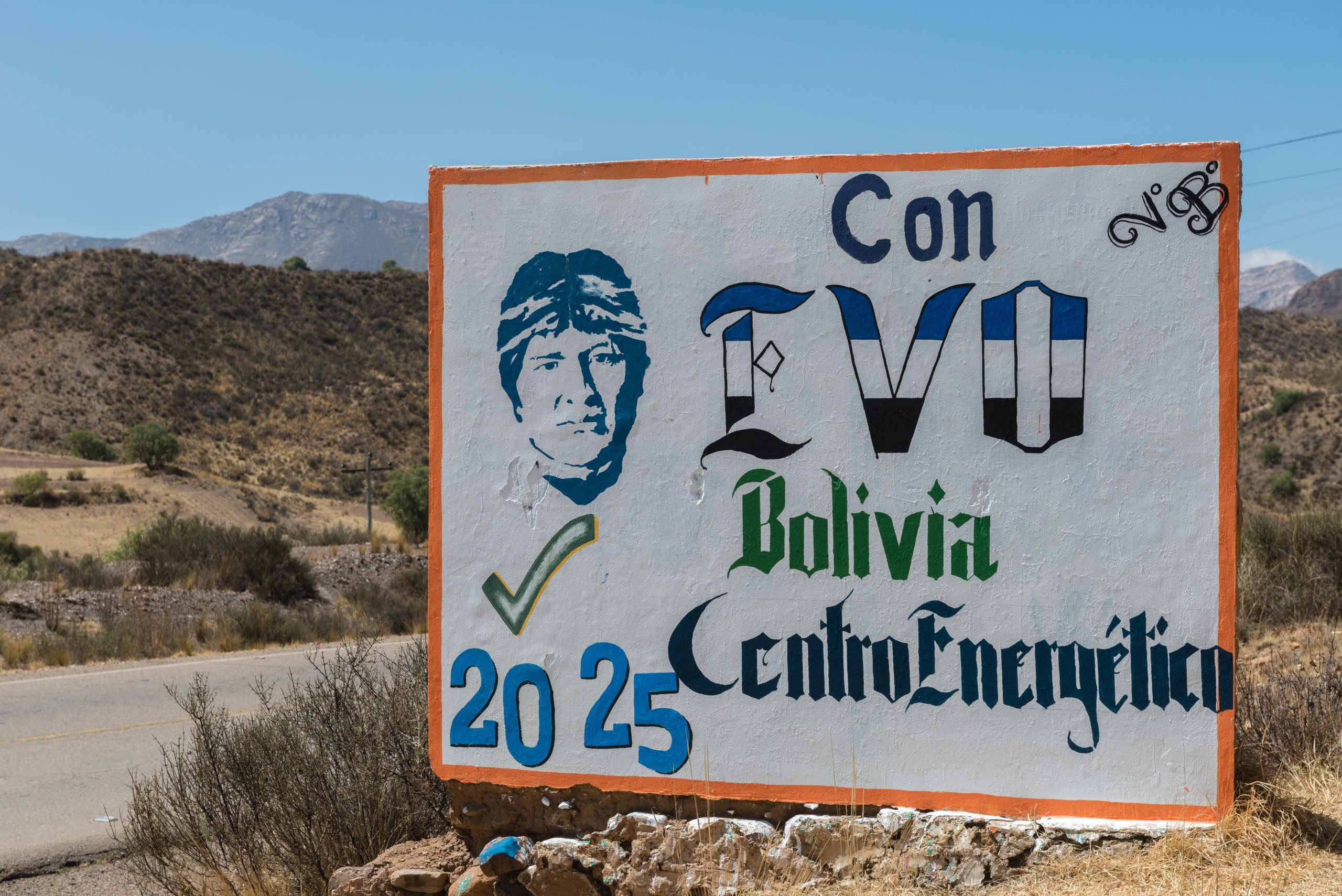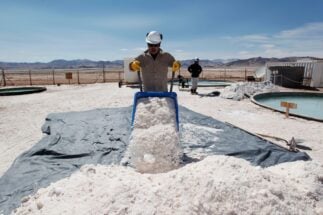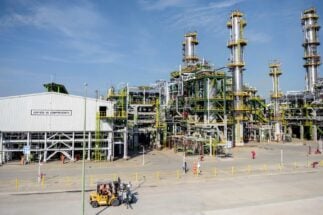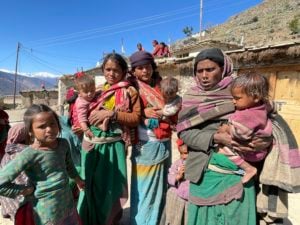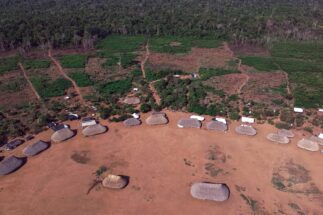In January 2014, Bolivia’s former president Evo Morales inaugurated the country’s first wind power plant. HydroChina constructed the US$7.6 million project that would supply electricity to 25,000 inhabitants of Pocona, a rural municipality in Cochabamba department, central Bolivia.
Days later, the government presented the Electricity Plan for the Plurinational State of Bolivia 2025, which outlined a new electricity law to increase renewable energy generation and kickstart the country’s energy transition.
At the end of that same year, the government also published the Plan for the Development of Alternative Energies 2025, which promoted clean energy generation with the intention of selling the surplus to neighbouring countries Chile, Peru, Brazil and Argentina. It gained momentum this year with advances in the construction of cross-border transmission infrastructure, energy minister Franklin Molina said.
In 2015, the state-run National Electricity Company (ENDE) annual report set out a target for Bolivia to become a net electricity exporter. According to the company, by 2025 domestic demand would exceed 3,000 MW, and since 13,382 MW would be generated by then, it could sell the remaining 10,000 MW.
These policies propelled Bolivia’s clean energy ambitions above those of neighbouring countries. But what progress has it made?
Bolivia’s energy transition: from talk to walk?
Currently, energy production in Bolivia is based heavily on natural gas: it accounts for 80.7% of total domestic generation. Liquid hydrocarbons (oil, condensate and natural gasoline) follow with 13.9%. Renewable energies generated by biomass (4.5%) and hydropower (0.85%) also contribute, based on data compiled by the firm Energética and WWF in 2021.
80.7%
of energy produced in Bolivia uses natural gas, with renewables currently accounting for less than 6%.
Hydropower is one of the main pillars of Bolivia’s energy transition. Currently, 19 plants are being studied that will add more than 8,500 MW of capacity. Four are under construction and three have been built, according to the Solon Foundation, an environmental NGO.
The largest projects, such as the Bala-Chepete hydroelectric dams, still generate debate about their costs and benefits, since they impact indigenous peoples and protected natural areas.
“There have been important advances in these years,” Miguel Fernández Fuentes, director of Energética told Diálogo Chino. The first, he says, is that the energy transition is now part of the official discourse.
“The problem is that Bolivia’s energy matrix is anchored in hydrocarbon consumption. Despite photovoltaic parks, wind energy and biomass, 93% [of consumption] is still dominated by fossil fuels,” he says.
Leaving gas behind
Despite recent strides, Fernández and at least four experts consulted by Diálogo Chino see the fulfilment of Bolivia’s national plans and international climate commitments, including those under the Paris Agreement, as distant prospects. Fossil fuels remain “omnipresent in all sectors”, Fernández says.
In 2021, revenues from natural gas sales to Brazil and Argentina reached US$2.4 billion, according to official data. But dwindling national reserves mean such sales are unsustainable over the long term.
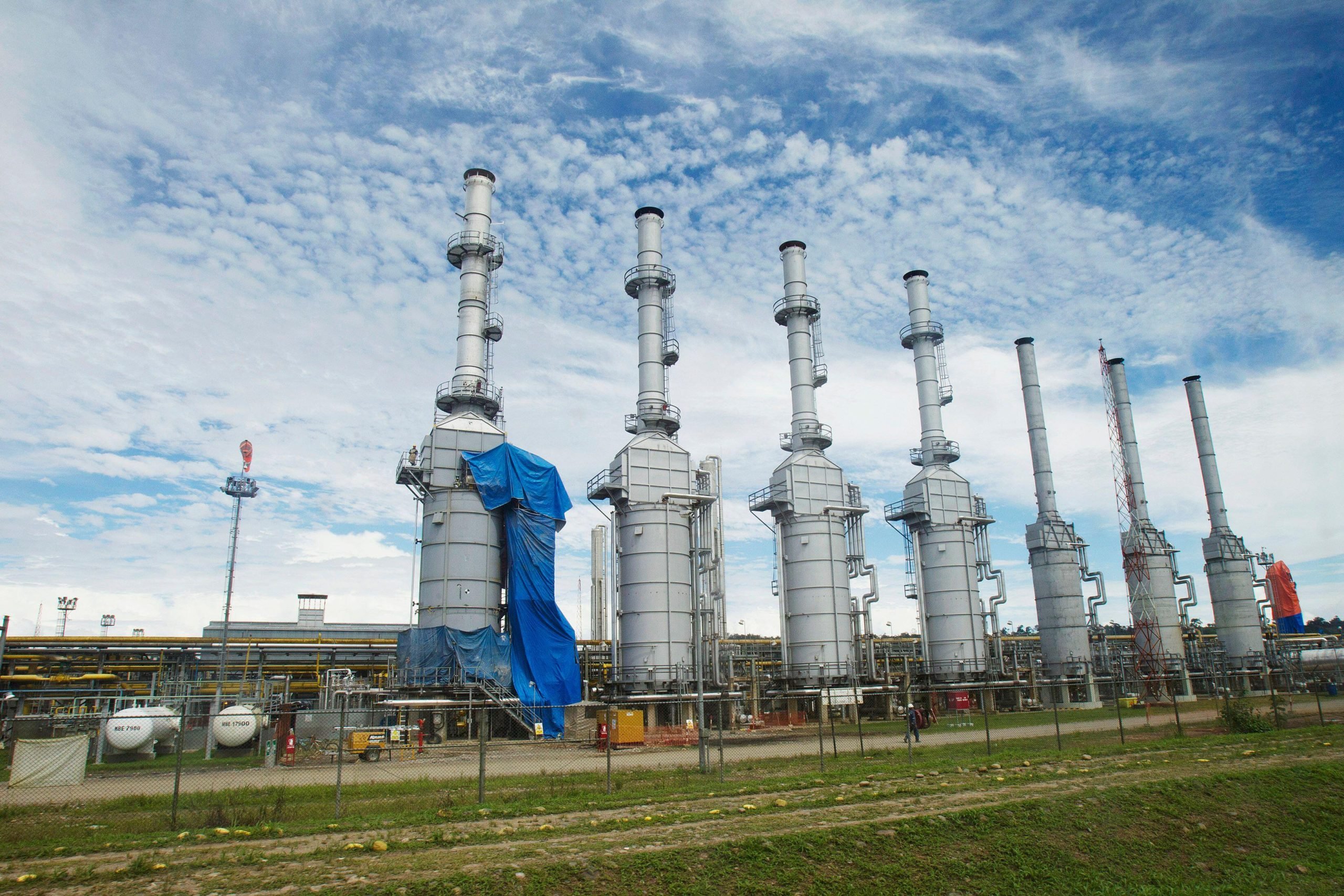
According to Pablo Villegas, a hydrocarbons researcher at the Bolivian Center for Documentation and Research (CEDIB), natural gas reserves are running out, forcing the country into an “involuntary” energy transition.
The last official certification of reserves in 2018 estimated that 10.7 trillion cubic feet of natural gas remained. According to Fundación Milenio, a Bolivian think-tank, 80% of operational gas fields are in decline. Only 17% are in development and 3% are operating at maximum production.
In addition to profits from gas sales, oil also fills national coffers through the Direct Tax on Hydrocarbons (IDH), royalties and other taxes, which are distributed to departmental and municipal governments and public universities. Between 2006 and 2019, partly thanks to high international prices, the country earned US$37.4 billion dollars from these streams.
The state has maintained a fixed subsidy for Bolivians for both diesel and gasoline, with the price per litre of the former at 3.72 bolivianos (Bs), while gasoline costs Bs 3.74 (both around US$0.54). Between 2016 and 2021, that cost of that subsidy rose from Bs 1.424 billion (more than $209 million) to Bs 4.33 billion (more than $637 billion) due to fluctuating international prices, according to data from Yacimientos Petrolíferos Fiscales Bolivianos (YPFB), the state-owned oil company, cited by local newspaper Página Siete. Higher spending is expected this year due to the conflict between Russia and Ukraine, which has caused oil prices to rise.
Domestic gas is the cheapest in the region and utility bills cost Bolivian households between Bs 8.5 and Bs 15 (less than US$2) per month, according to YFPB.
Since the discovery of gas reserves in the 1990s, the state has also encouraged the conversion of motorised vehicles to natural gas vehicles (NGV). Measures included the installation of the latest generation equipment and free services. In September 2018, the last year for which data is available, there were 400,000 NGV cars. The total Bolivian vehicle fleet is estimated to exceed 2 million.
Renewable energy projects’ progress in Bolivia
The Ministry of Hydrocarbons and Energies informed Diálogo Chino via email that it expects to meet its 2025 renewable energy objectives. “The use of renewable energy as a percentage of electricity demand is expected to increase to 75%,” it reaffirmed, without confirming what percentage of the 2025 energy mix its new renewables projects would account for.
Bolivia currently has capacity to produce 1,600 MW of electricity and, of this figure, the ministry estimates that somewhere between 30 and 57% comes from clean sources (primarily hydropower and bioenergies), depending on the seasons. “We have 15 projects with renewable energies,” the ministry said, although it only provided information on 11. The other projects will remain in the pre-investment stage until the end of the administration, which coincides with the 2025 target dates, their email explains.
The project that attracts the most attention is Laguna Colorada, a geothermal plant located 4,970 metres above sea level. It will supply electricity to nearby indigenous communities. The plant’s geothermal energy is obtained by using geothermal fluid (molten rocks) extracted from deep in the earth and then reinjected into a geothermal reservoir, according to ENDE. The pilot project will provide an estimated 100 MW of power.
Bolivia is also undertaking other actions to clean its energy system, according to the ministry. It is making electricity generation more efficient, improving lighting efficiency, developing distributed generation, and incentivising electric mobility.
In addition to these government plans, the ministry says, there are tax incentives such as Supreme Decree 4539, which promotes the manufacture and import of electric vehicles, as well as the import of electric agricultural machinery, to aid the transition of other areas of Bolivia’s economy.
Private banks have begun to offer more competitive credit for the purchase of hybrid and electric vehicles and ENDE has installed charging systems that are free to use for one year in the departments of La Paz, Oruro, El Alto, Cochabamba and Santa Cruz de la Sierra.
What hope for a swift transition?
“On the one hand, we have a discourse on advancing the energy transition, but on the other hand, a country mortgaged on hydrocarbons,” Fernández says. “We have to work on a national strategy agreed with all sectors, to see the process we are going to use to move from this image anchored in hydrocarbons, to a country that has a sustainable energy matrix.”
For Danny Revilla, one of the authors of a study on the progress of Bolivia’s energy transition plans, thermoelectric plants – those that generate power by the burning of fossil fuels – have developed most under the 2025 national electricity plan. Alternative energy projects less so. This inhibits Bolivia’s ability to comply with the Paris Agreement.
Experts told Diálogo Chino of Bolivia’s great potential for generating electricity through alternative sources, such as wind, solar, geothermal, hydro and biomass. The only thing missing, they say, is a proactive policy towards energy transition. Moving from announcements to proper planning and stronger public policies.
“It needs to be made clear that if we don’t work on the transition, we’re not going to have a planet. If the 1.5C temperature increase by 2050 is exceeded, the climate crisis has no way back,” Fernández says.
